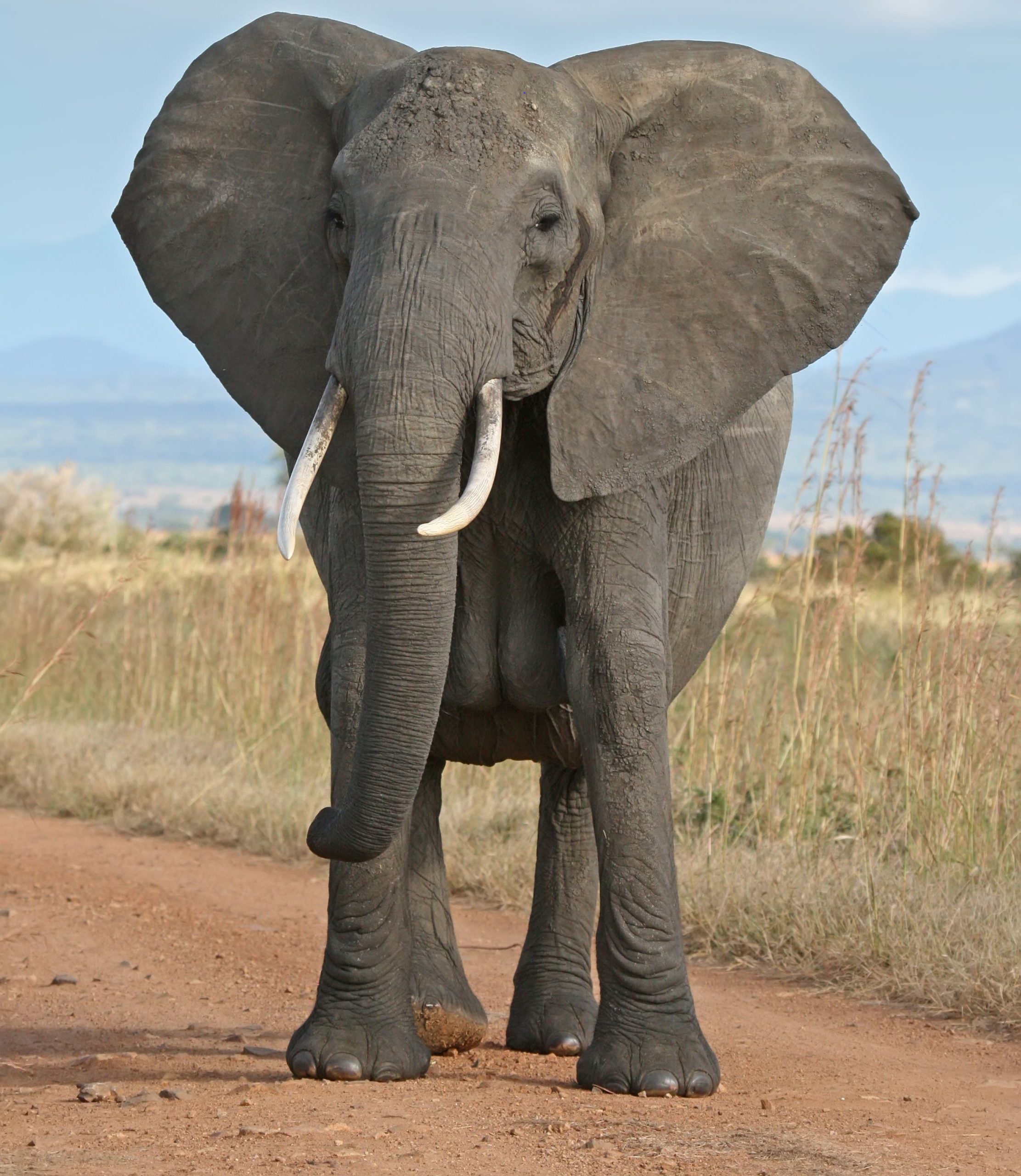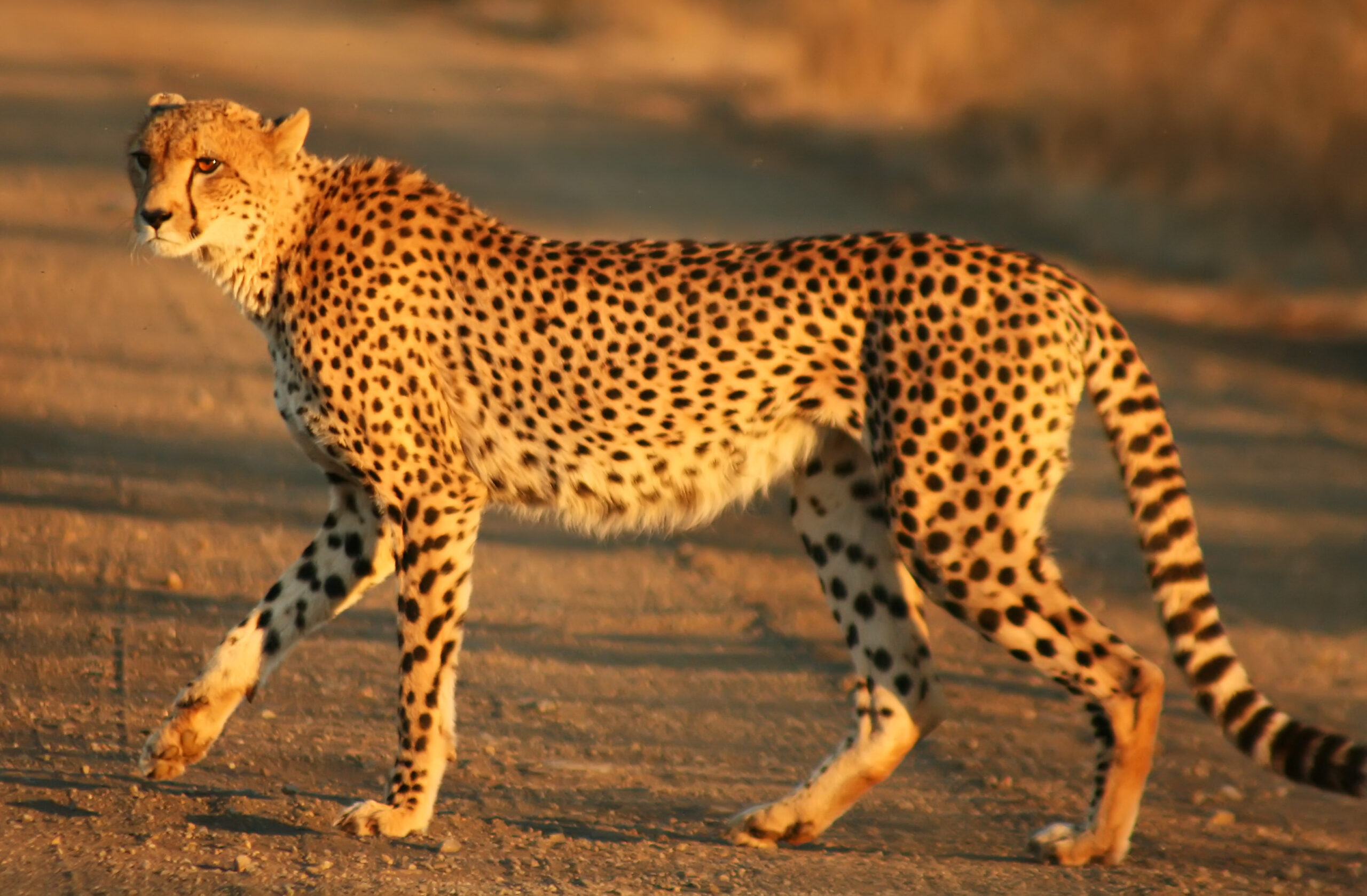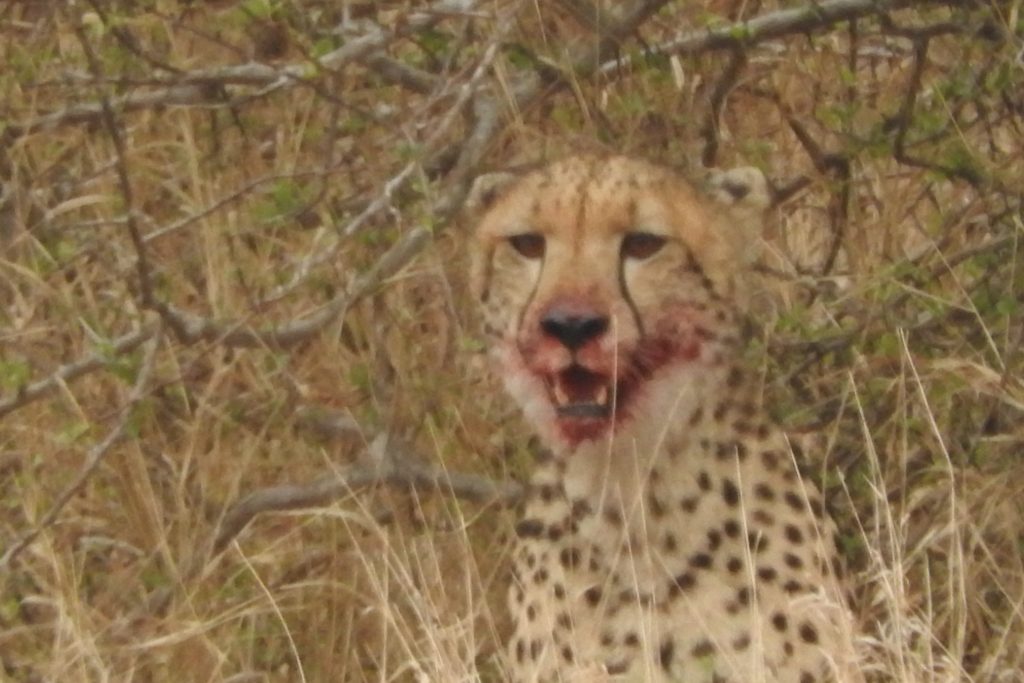
African Savannah Elephant
There are three species of elephant, the African savanna elephant, African forest elephant and the Asian elephant.
With the African species, Forest elephants have declined 86% between 1986 and 2015, African Bush elephants declined 60% 1965 and 2015 leaving just over 400,000.
One of the other issues with poaching is that elephants are very intelligent, and can communicate over long distances. As a result if for instance an elephant is killed in the north of the Kruger, elephants hundreds of miles south will become far more aggressive towards humans and cars. This in turn reduces the number of tourists that are willing to visit the reserve.
Perhaps one encouraging fact, is that the African savannah elephant has enough space for a far larger population if only poaching can come to an end. It is also a simple fact, that any reserve with elephants (like lions) can attract visitors- provided it is well run.
Forest elephants have been found to be more closely related to an extinct Asian elephant than to African Savannah elephants
The first analysis of the genome of the Straight-tusked elephant (a long extinct species) may well rewrite the elephant family tree – while at the
Killing for ivory is increasing the numbers of tusk-less females
Do elephants need tusks? It is a big question. Given the fact that they have them would suggest that they do have a purpose and
UK has once again delayed its ban on Ivory sales
To much fanfare, the British government decided to ban the sale of Ivory 3 years ago. This is certainly a good thing. Unfortunately, they have
Could mammoth help us fight climate change
Roughly speaking, there is 3000 billion tonnes of carbon in the atmosphere. This is a huge number, but then we have to remember that this
Oil fields of Botswana and Namibia threaten 130,000 elephants
While currently only exploratory, oil projects in the ecosystems of Namibia and Botswana potentially threaten the survival of 130,000 elephants – one of Africa’s last
Wild herd of elephants leave their reserve and roam 500km (300 miles) across China
A herd of elephants left their home in March of 2020, and have been roaming free for the last 15 months. In that time they






